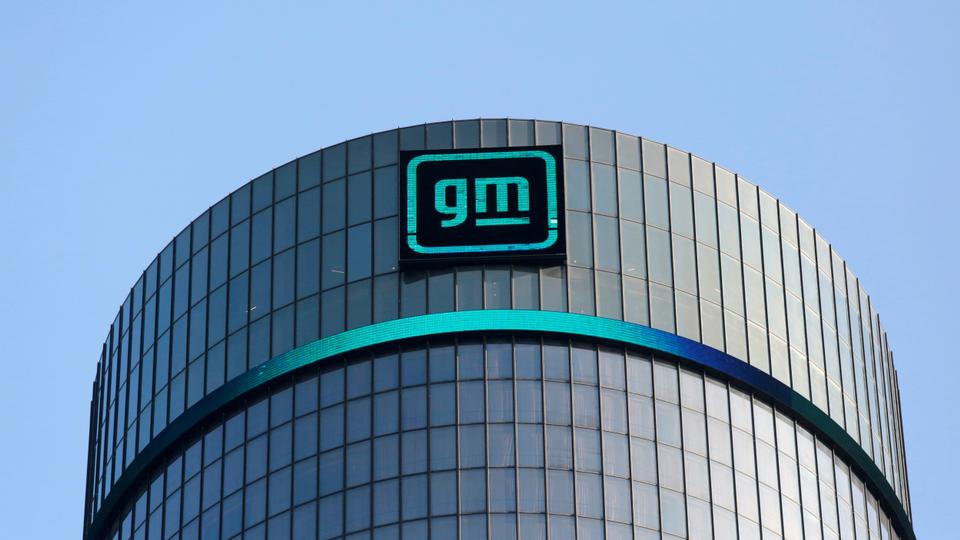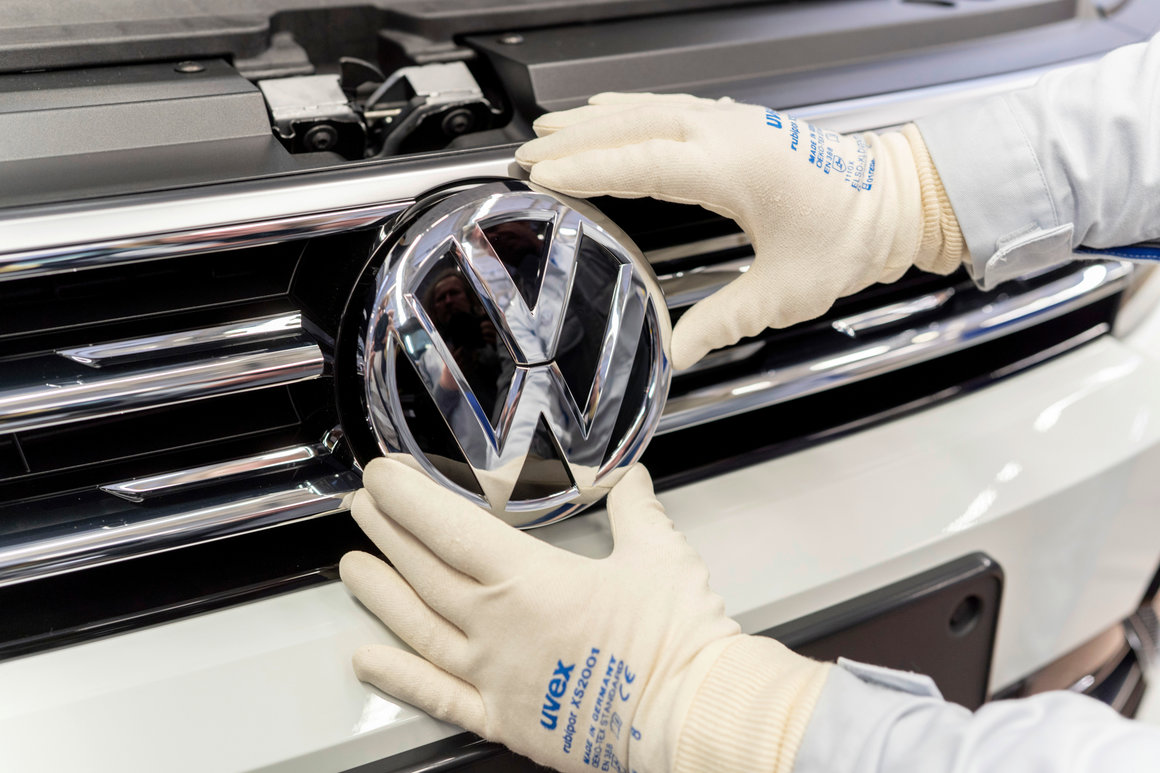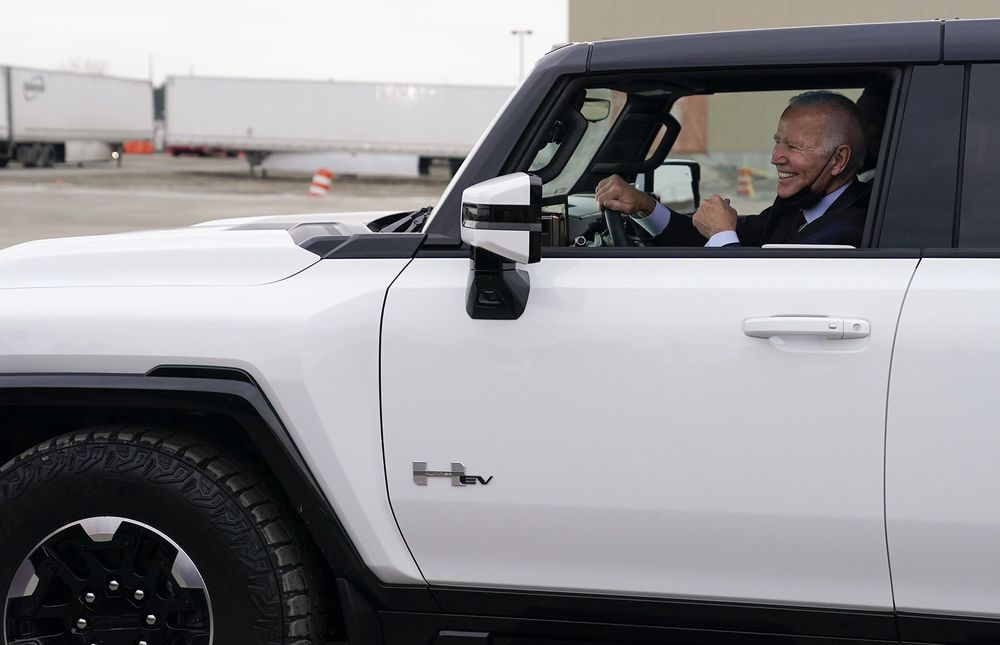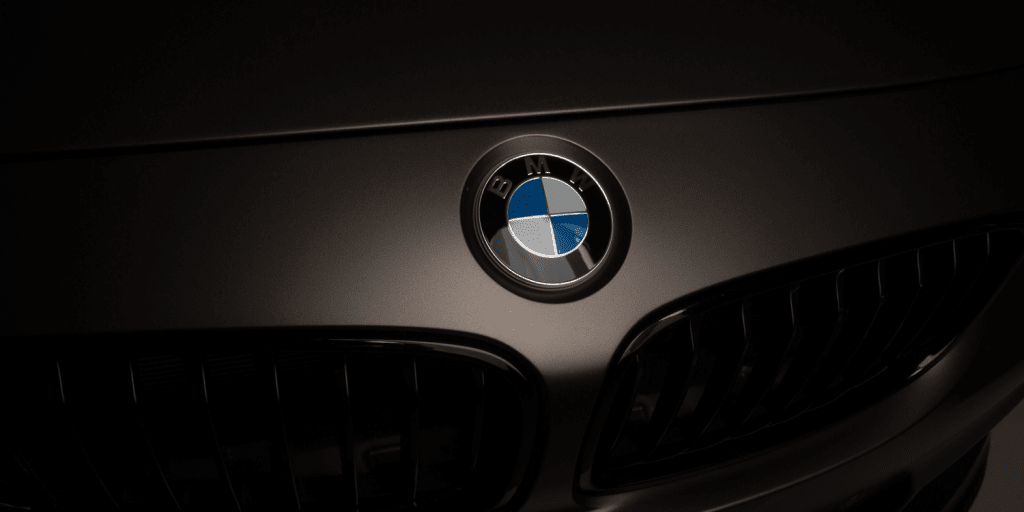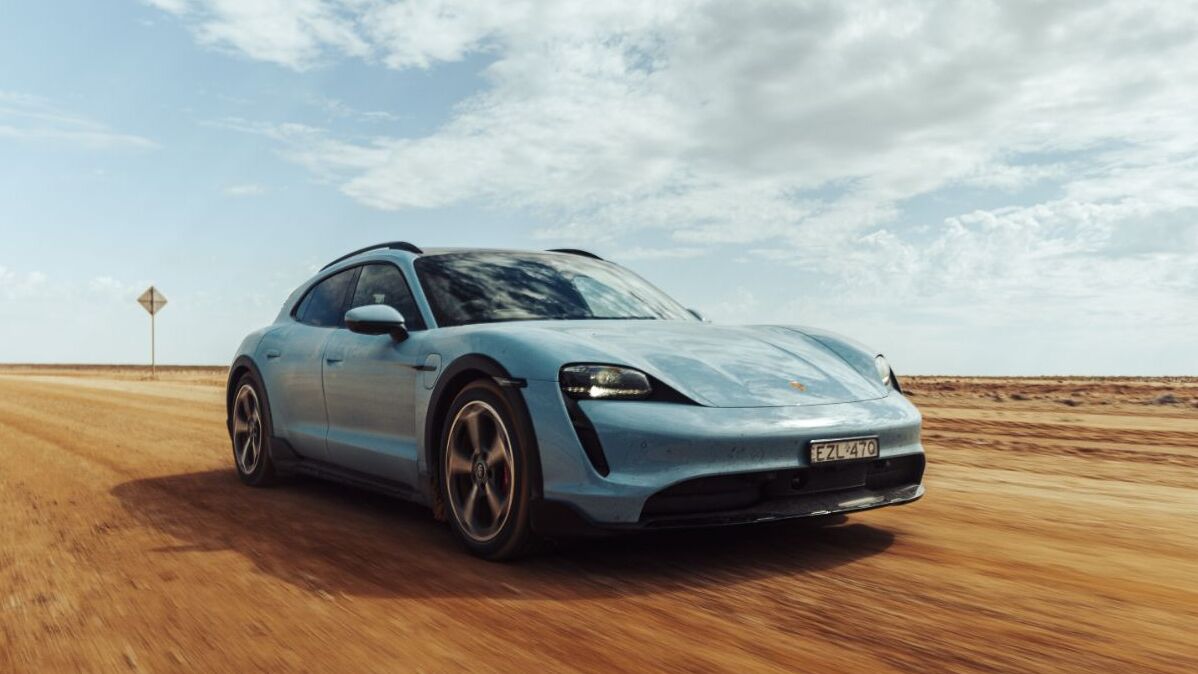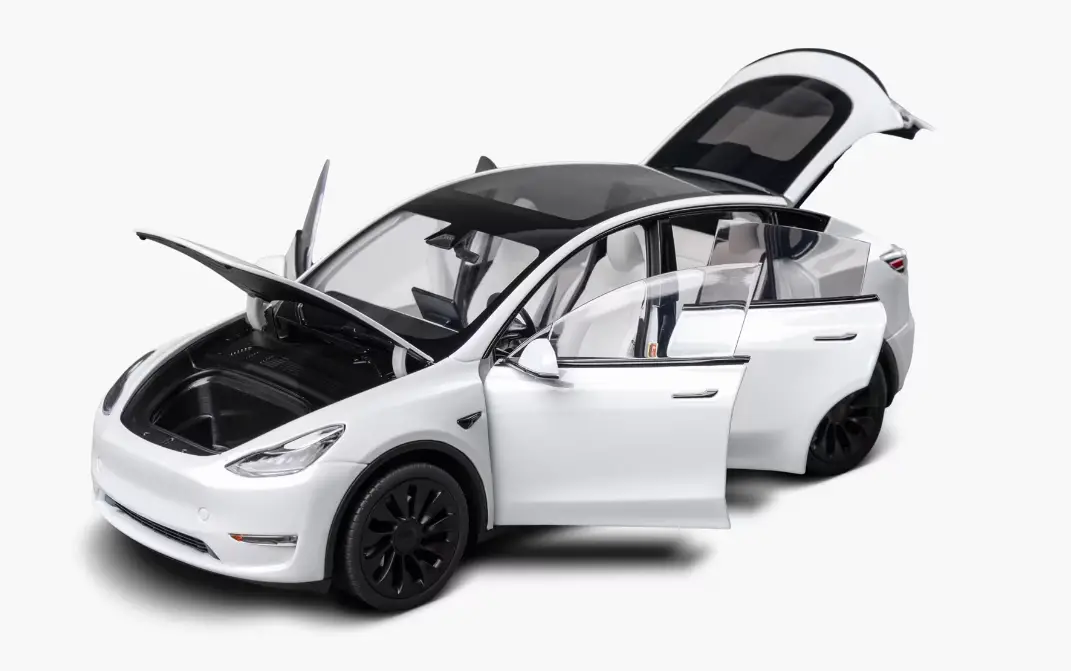General Motors and Stellantis announced on Wednesday their joint investment in the startup Niron Magnetics, a strategic move aimed at revolutionizing the development of electric vehicle (EV) magnets. The collaboration seeks to create permanent magnets without the dependence on rare earth materials, a substantial development in the automotive industry’s ongoing efforts to reduce its reliance on China for critical components.
In this initiative, both automakers have participated in Niron’s latest funding round, contributing to a total investment of $33 million. The objective is to work closely with Niron in the development of permanent magnets that do not require rare earths, a milestone that could potentially reshape the way these materials are used in the transition to EVs.
Jonathan Rowntree, CEO of Niron, emphasized the crucial role that permanent magnets play in various aspects of vehicles, stating, “Permanent magnets are the unsung heroes and essential components of countless parts of your vehicle. Where they have the greatest impact for GM is in the drivetrain of their future EVs. Today, roughly 90% of the rare-earth magnet supply is dependent upon China.”
This collaborative effort follows China’s announcement in October that it would introduce export permits for certain graphite products, which are also crucial components in EVs, with the aim of safeguarding national security.
While the specific financial terms of the funding round were not disclosed, insiders with knowledge of the deal, who preferred to remain anonymous, revealed that GM invested $7 million, while Stellantis contributed $5 million.
Anirvan Coomer, President of GM Ventures, expressed confidence in Niron’s technology, stating, “We believe Niron’s unique technology can play a key role in reducing rare earth minerals from EV motors and help us further scale our North American-based supply chain for EVs.”
Permanent magnets are essentially the driving force behind EVs, enabling the conversion of power into motion. Traditionally, EV motors rely on components made from rare-earth minerals like terbium, dysprosium, praseodymium, and neodymium, which are not only expensive but also predominantly processed overseas.
Adam Bazih, Managing Partner at Stellantis Ventures, underlined the significance of this development by saying, “Making powerful magnets from plentiful commodity materials decouples new production from rare earth mine development and lowers the overall environmental impact.”
Niron, based in Minneapolis, believes that its iron nitride magnet, branded as a Clean Earth Magnet, surpasses the magnetic properties of conventional permanent magnets made with neodymium and praseodymium.
Tom Grainger, Senior Director at Niron, highlighted the complexities of the rare earth industry, stating, “There’s a lot of manufacturing steps and a lack of price transparency in this industry with rare earths, given the concentration of supplies in China.”
This recent investment comes on the heels of GM’s 2021 agreement to purchase rare-earth magnets from MP Materials. However, MP has faced challenges in refining its own rare earth materials in California and has been working on establishing a magnet facility in Texas.

